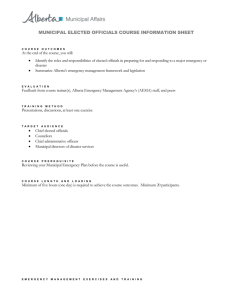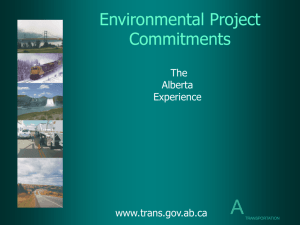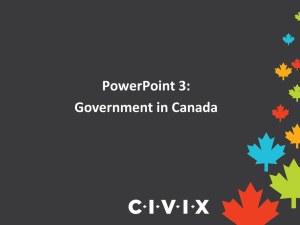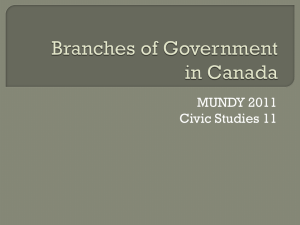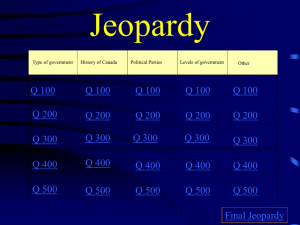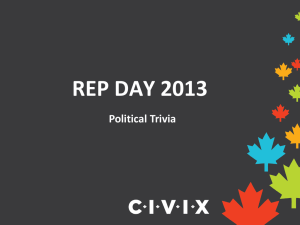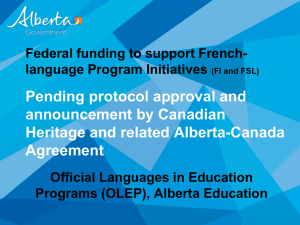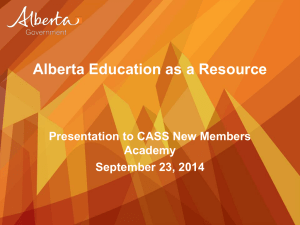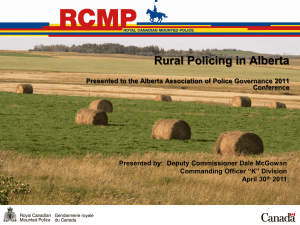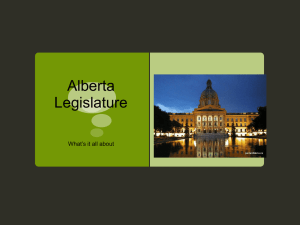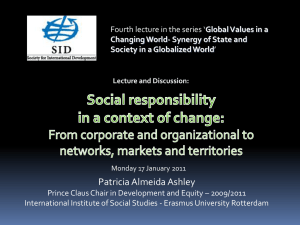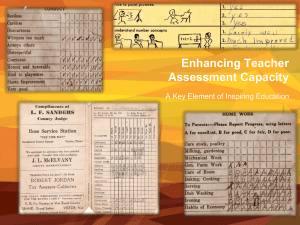MLA-Day-Background-Information-AB
advertisement
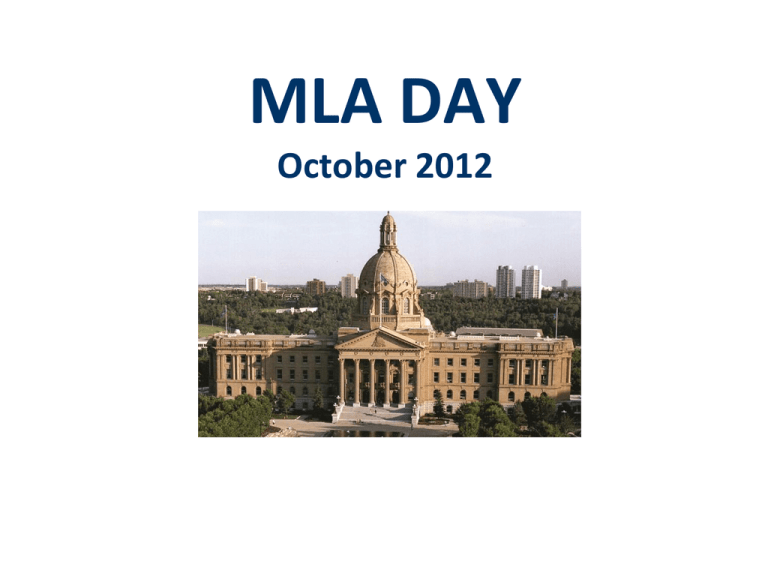
MLA DAY October 2012 Government in Canada • Canada is a federal state and parliamentary democracy. • A federal state brings together a number of different political communities with a general government (federal) for general purposes and separate local governments (provincial) for the local purposes. • In Canada’s parliamentary democracy, the people elect members to the federal parliament and to the provincial/territorial legislatures. • Canada has three levels of government: federal, provincial and municipal Federal • The elected representative at the federal level is called a Member of Parliament (MP) • The federal legislative body has 308 elected MPs • MPs debate and pass laws in the House of Commons in Ottawa (Parliament Hill) • The leader of the government is called the Prime Minister Provincial • The elected representative at the provincial level is called a Member of the Legislative Assembly (MLA) • The legislative body in Alberta has 87 elected MLAs • In Alberta, MLAs debate and pass laws in the Legislative Assembly of Alberta in Edmonton • The leader of the government is called the Premier Municipal • The elected representative at the municipal level is called a councillor or alderman • The size of the council differs from city to town • Councillors debate and pass legislation in the council chambers (city hall/municipal office) • The leader of the government is called a mayor or reeve Section 91-95, Constitution • In choosing a federal form of government, the Fathers of Confederation assigned particular responsibilities to the different levels of government (Sections 91–95, Constitution Act). • The division of powers is based on the principle of subsidiarity (the government closest to the issue governs it). Division of Responsibilities • Federal: Defence, trade, foreign policy, money, health and safety, immigration and citizenship • Provincial: Health care/hospitals, education, welfare, transportation within the province, justice and the cities within its borders, energy and the environment • Municipal: Waste management, water and sewer, policing and protection, cultural facilities and libraries Government Ministries • High schools have departments and each in charge of one specific subject area (e.g., Science Department, Math Department, History Department) • Similarly, in the Alberta government, there are departments called ministries (Ministry of Health, Ministry of Education) and each is in charge of one or more of the government’s responsibilities • The premier appoints an MLA to head each Ministry of the Executive Council (Cabinet). • Each minister is in charge of one of the provincial responsibilities and acts as an advisor to the premier and the Legislature in their area of expertise. Alberta Government Ministries Aboriginal Relations, Agriculture and Rural Development, Culture, Education, Energy, Enterprise and Advanced Education, Environment and Sustainable Resource Development, Health, Human Services, Infrastructure, International & Intergovernmental Relations, Justice and Solicitor General, Municipal Affairs, Service Alberta,Tourism, Parks and Recreation, Transportation, Treasury Board and Finance The Electoral Process • An electoral division is a geographical area represented by an elected representative. Also known as an electoral district, riding or constituency. • An electoral system is the way citizens’ choices, expressed as votes, are translated into legislative seats. Or the way candidates are selected to become elected representatives. • Alberta uses a system called Single-Member Plurality or First-Past-The-Post. The candidate with the most votes wins. The Role of an MLA • When the Legislature is sitting, MLAs are responsible for proposing, studying, debating, and voting on bills (potential laws) and raising issues that concern their constituents. • When the Legislature is not sitting, MLAs spend their time meeting with those constituents to discuss their concerns and to provide guidance and advice relating to government services.
